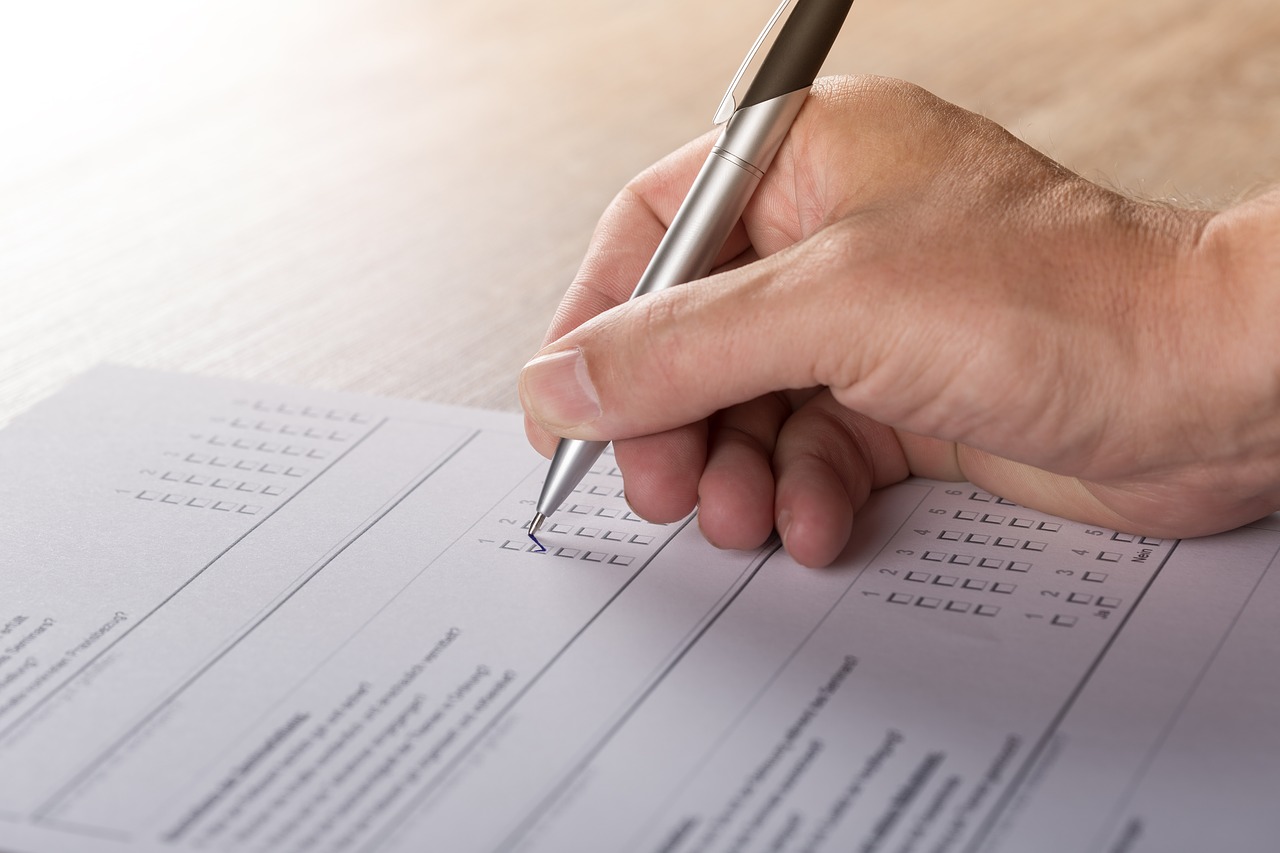The US Court of Appeals for Ninth Circuit [official website] ruled [opinion, PDF] Wednesday that Arizona ballot collection laws did not violate the First, Fourteenth and Fifteenth [text] Amendments or Section 2 of the Voting Rights Act [text].
The election practices at issue were Arizona’s requirement for people who cast votes in-person to do so in the precinct they were assigned, causing ballots cast outside that precinct to be thrown out, and legislative enactment HB 2023 [text], making it a felony for third-party organizations to receive ballots from voters preceding voting dates, subject to a few exceptions.
The Democratic National Committee (DNC) brought the challenge claiming that the voting laws imposed undue burdens on Arizona voters’ right to vote, particularly disproportionately affecting minority voters.
The appeals court first discussed the third-party collection issue and agreed with the analysis of the lower court that the law “does not increase the ordinary burdens traditionally associated with voting” by allowing voters to submit their ballots traditionally in-person, by mail, or any other statutorily approved method (such as a caregiver, family member, etc). The appeals court also agreed that the DNC had failed to show sufficient evidence that there were greater burdens on minority voter populations due to barring third-party collection. Similarly, the Court found that the issue of voting in the correct precinct caused a minimal burden as Arizona provided various resources to locate their assigned precincts and that the state provides early mail voting alternatives. The Court also found that the laws adequately served regulatory interests in preventing voter fraud and maintaining confidence in election integrity. Since the laws only imposed a minimal burden and served regulatory interests, the Court ruled they did not violate the First and Fourteenth Amendments.
In order to show that a state’s election practices violated the Fifteenth Amendment, a plaintiff must show that “a state law was enacted with discriminatory intent.” The Court found that although some legislators were acting with partisan motives, this did not translate into acting with racial motives, even though there was a correlation with racial identification and political affiliation, because the plaintiffs had to prove that race was a motivating factor and failed to do so.
Section 2 of Voting Rights Act of 1965 prohibits states from executing any “standard, practice, or procedure…imposed or applied…to deny or abridge the right of any citizen of the United States to vote on account of race…” In order to have a violation of Section 2, it must be shown that “an electoral process actually gives minorities less opportunity to elect representatives of their choice.” Plaintiffs must then show that the law has a meaningful effect on the outcomes of elections. Just a disproportionate impact is not enough to show a violation of Section 2. The Court agreed with the district court that although there may have been a disproportionate impact of these voting laws on minority populations, the evidence provided by the DNC did not show that they”gave members of a protected class less opportunity than other members of the electorate both to participate in the political process and to elect representatives of their choice.”
Chief Justice Sidney R. Thomas dissented finding that the policy of completely discarding out-of-precinct ballots violates Section 2 of the Voting Rights Act by having a meaningful effect on minority groups. He also argued that the practice unconstitutionally burdens the right to vote protected by the First Amendment and applied to the states by the Fourteenth Amendment. Chief Justice Thomas also argued that prohibiting third-party ballot collection “serves no purpose aside from making voting more difficult, and keeping more African American, Hispanic, and Native American voters from the polls than white voters.”


